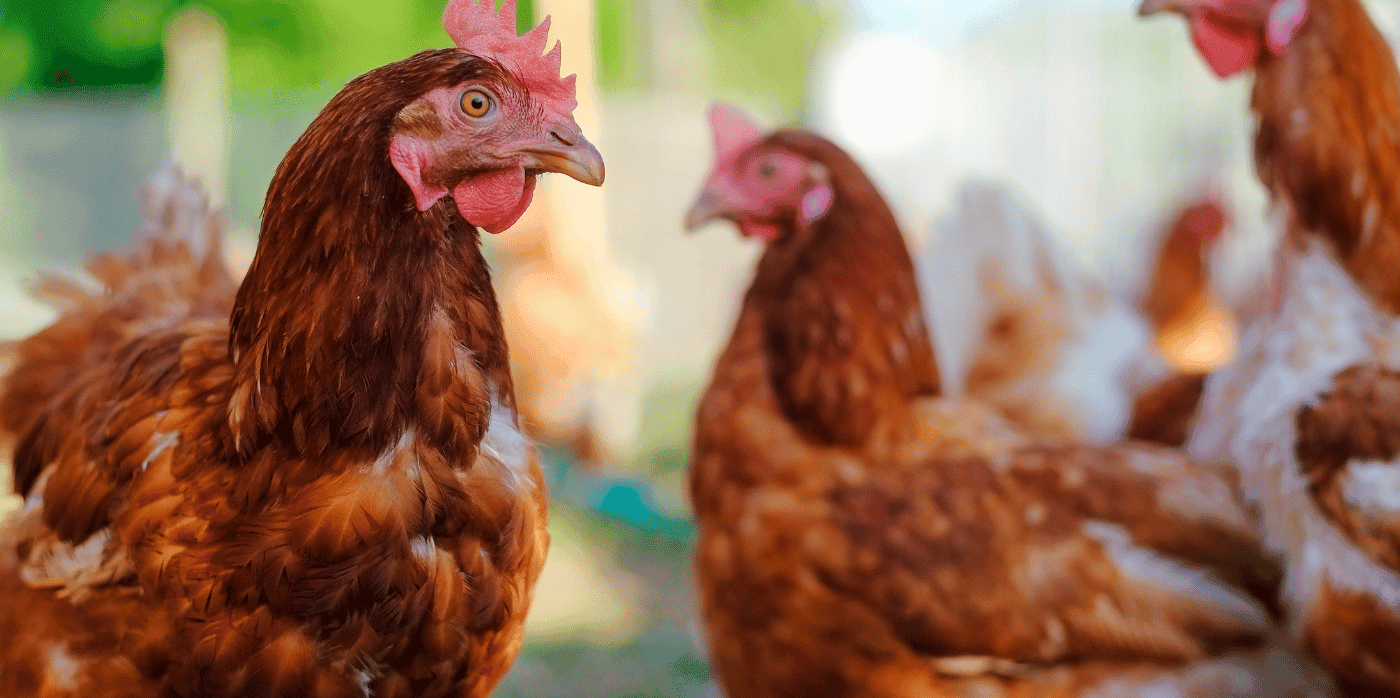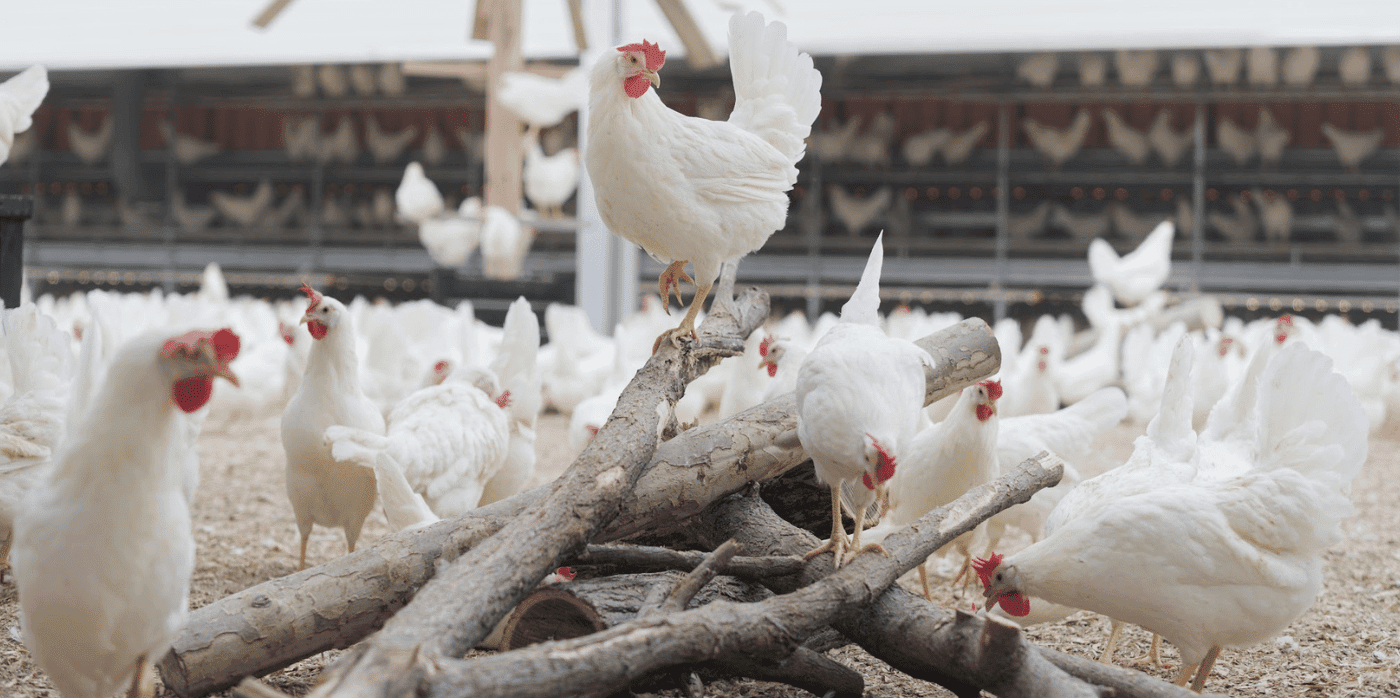Plucking power from poultry with feather fuel cells

Spotted: Fuel cells come in many different forms, but at the heart of all of them is a semi-permeable membrane. These are made out of “forever chemicals”, which are both environmentally hazardous and toxic to humans. Now, researchers from NTU Singapore and ETH Zürich believe they have found a way to replace these harmful chemicals in fuel cells with chicken feathers.
The waste feathers, which would have been discarded anyway, are made out of a protein called keratin. Once extracted, this keratin can be heated to create ultra-fine fibres called amyloid fibrils. The researchers found that these fibrils, in turn, could be used to create a membrane that was capable of conducting protons – a crucial aspect of fuel cell membranes.
Fuel cells can be great providers of clean energy, with hydrogen fuel cells producing only water and electricity when used, rather than generating greenhouse gases like conventional fuels. As well as eliminating the need for harmful substances in the fuel cell, the technology also makes use of a significant waste source and prevents the feathers from being burnt, which produces further CO2. As one of lead researchers, Professor Raffaele Mezzenga, said: “Our latest development closes a cycle: we are taking a substance that releases carbon dioxide and toxic gases when burned and using it in a different setting“.
In testing, a fuel cell setup using the membrane was capable of powering an LED lamp and spinning a small fan. The team’s next step will be to test the durability of the membrane and make necessary improvements. The researchers have already filed for the associated patent and are looking to partner with investors, with the goal of eventually making the technology commercially available.
Springwise has spotted other ways innovators are unleashing the potential of clean hydrogen fuel, including in a plane powered by liquid hydrogen as well as a new compact hydrogen fuel cell.
Written By: Archie Cox



